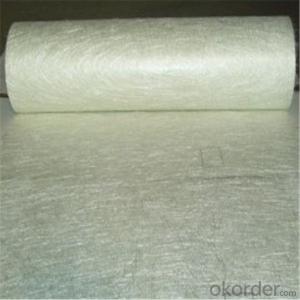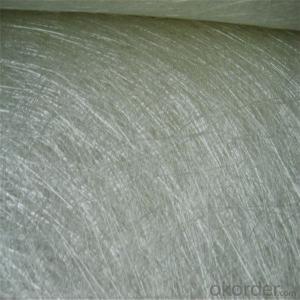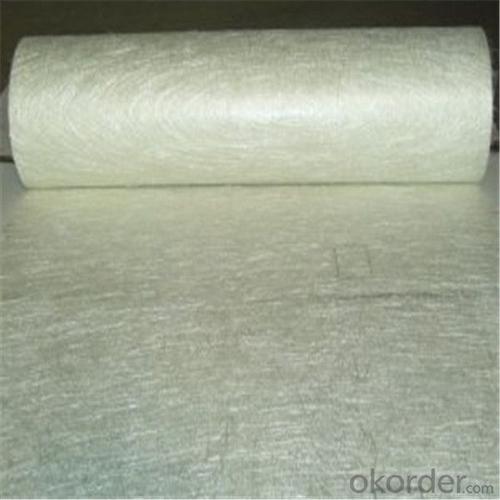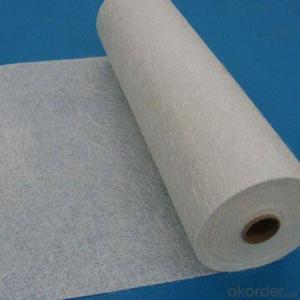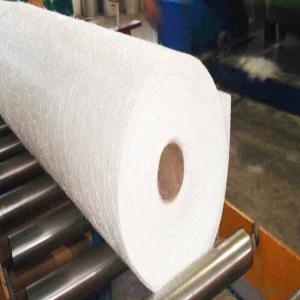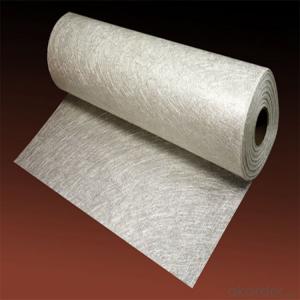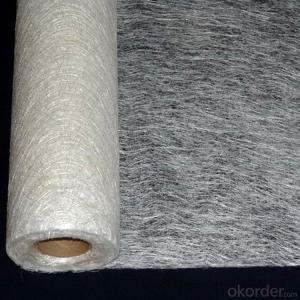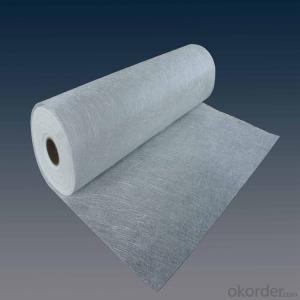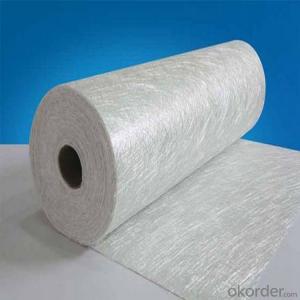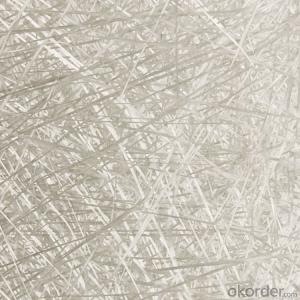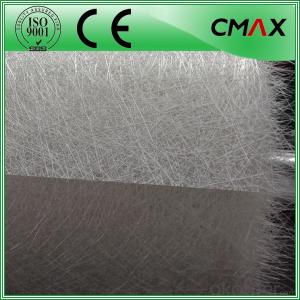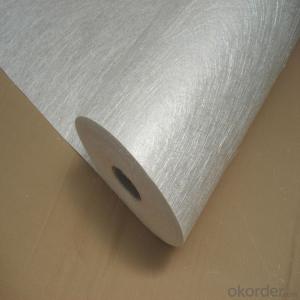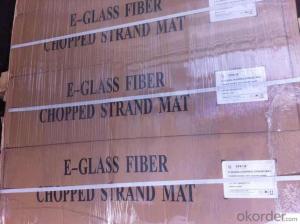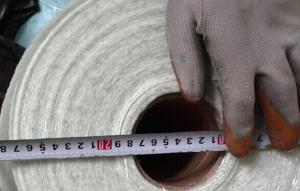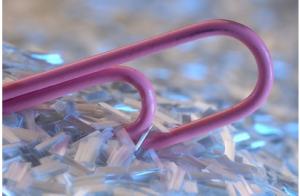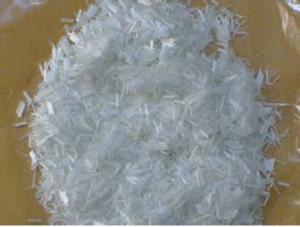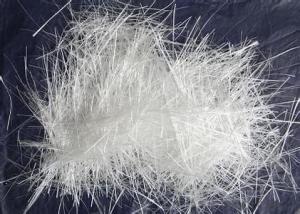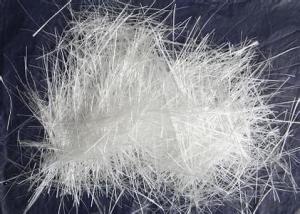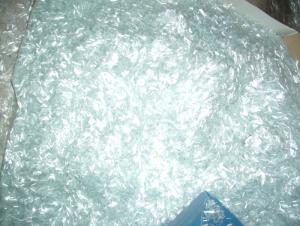Fiberglass Chopped Strand Mat Roll - Polyester Fiber Mat
- Loading Port:
- Tianjin
- Payment Terms:
- TT OR LC
- Min Order Qty:
- 100 m.t.
- Supply Capability:
- 20000 m.t./month
OKorder Service Pledge
Quality Product, Order Online Tracking, Timely Delivery
OKorder Financial Service
Credit Rating, Credit Services, Credit Purchasing
You Might Also Like
Quick Details
| Technique: | Chopped Strand Fiberglass Mat (CSM) | Dimensions: | 450gsm | Mat Type: | Continuous Filament Mat |
| Fiberglass Type: | E-Glass | Softness: | softness | Place of Origin: | Jiangxi, China (Mainland) |
| Brand Name: | cnbm | Model Number: | 450gsm | color: | white |
| fiberglass type: | E glass | product: | e-glass powder chopped stand mats | binder: | powder or emulsion |
| width: | 1040 or 1270mm, as your requirement | weight: | 30 or 45kg/roll | paper tube diameter: | 90mm |
| outer diameter of roll: | 256mm | packing: | plastic film+carton box + pallet |
Packaging & Delivery
| Packaging Details: | plastic film+carton box + pallet |
| Delivery Detail: | 15-20days |
Specifications
1.e-glass powder chopped stand mats
2.binder:power or emulsion
3.width:1040mm or 1270mm
4.weight:450gsm
Picture
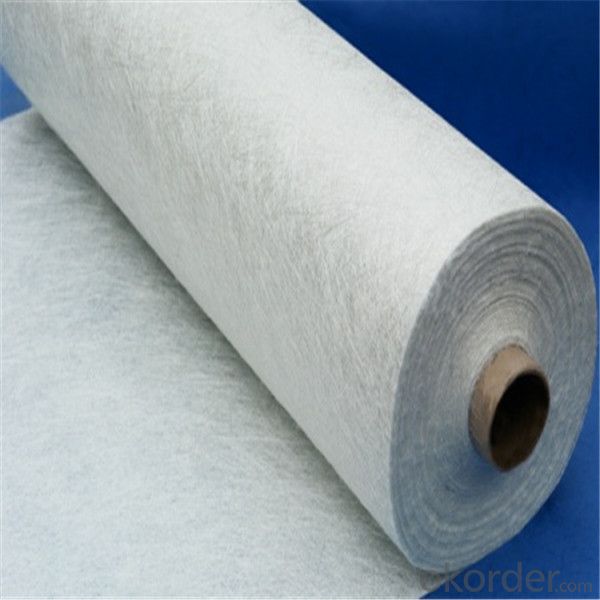
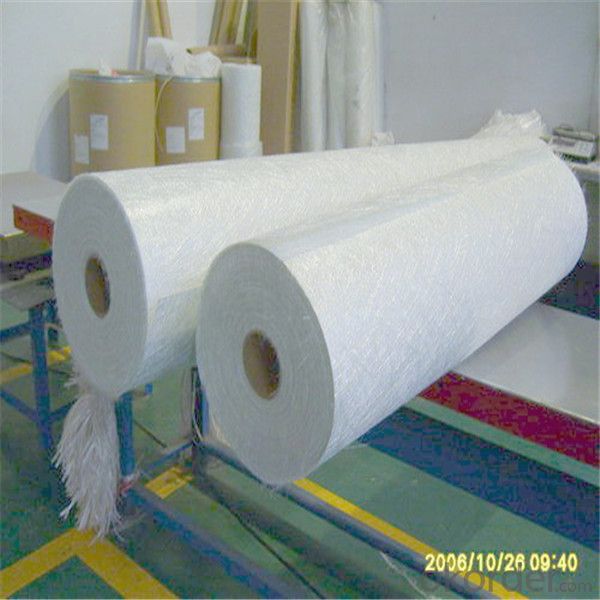

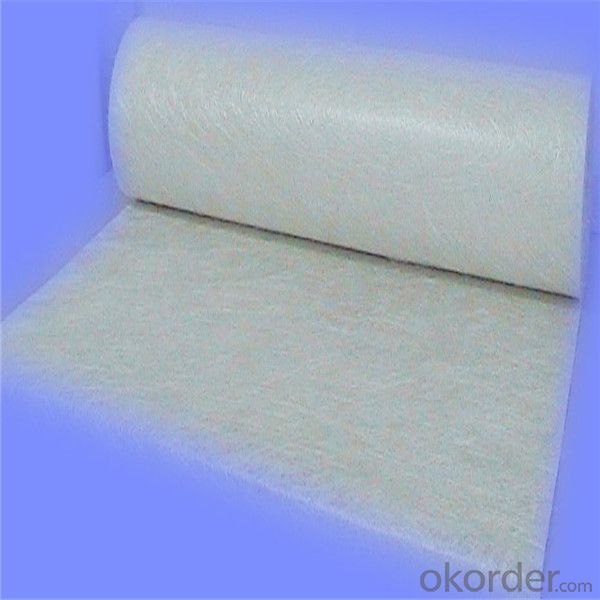
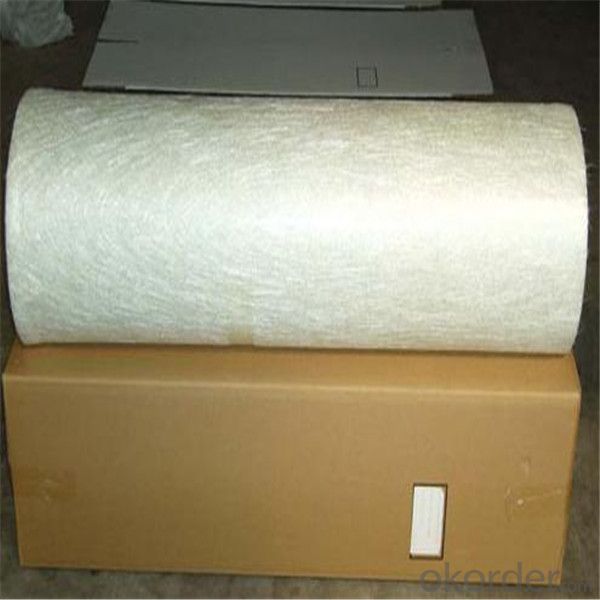
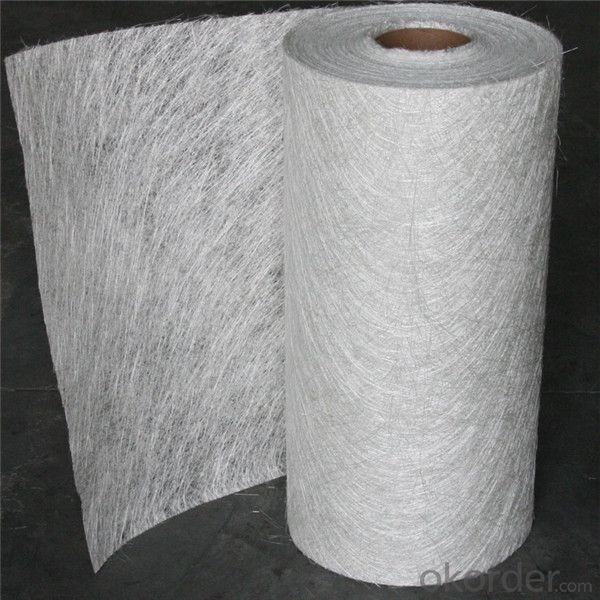
- Q: Can glass fiber be recycle? There are raw silk and shred silk.. .
- Made into reinforced material
- Q: Is fiberglass chopped strand suitable for automotive applications?
- Yes, fiberglass chopped strand is suitable for automotive applications. Fiberglass is a versatile material that offers several benefits for automotive manufacturers. It is lightweight, yet strong and durable, making it an ideal choice for reducing the overall weight of vehicles while maintaining structural integrity. Fiberglass chopped strand can be used in various automotive components including body panels, interior trim, and underbody shields. It provides excellent resistance to corrosion, chemicals, and heat, ensuring long-lasting performance in harsh automotive environments. Additionally, fiberglass chopped strand can be easily molded into complex shapes, allowing for design flexibility and customization. Overall, fiberglass chopped strand is a reliable and cost-effective solution for automotive applications.
- Q: Can fiberglass chopped strand be used in the production of medical implants?
- No, fiberglass chopped strand cannot be used in the production of medical implants as it is not a biocompatible material. Medical implants require materials that are safe for human tissue and have specific mechanical properties, none of which are met by fiberglass chopped strand.
- Q: How does the fiber content of fiberglass chopped strand-reinforced composites affect their properties?
- The fiber content of fiberglass chopped strand-reinforced composites has a significant impact on their properties. Increasing the fiber content generally enhances the strength, stiffness, and impact resistance of the composite material. This is because the fibers act as reinforcements, distributing stress and preventing crack propagation. Additionally, a higher fiber content can improve the dimensional stability and thermal conductivity of the composites. However, there is a limit to the beneficial effects of increasing fiber content, as excessive fiber loading can lead to reduced workability and increased brittleness of the composites. Therefore, finding an optimal fiber content is crucial to achieve the desired performance characteristics in fiberglass chopped strand-reinforced composites.
- Q: Take carbon fiber as an example to illustrate the manufacturing process of carbon fiber.
- It is mainly made by polyacrylonitrile and asphalt spinning, surface treatment and sizing process. The disparity in the domestic low-level product is small, carbonization (followed by graphite). The disparity between domestic and foreign is very large, and then by pre oxidation, but the high-end product(both high performance) can not do it, because it is too difficult.
- Q: What are the typical thermal expansion characteristics of chopped strand composites?
- The typical thermal expansion characteristics of chopped strand composites are that they exhibit a low coefficient of thermal expansion. This means that they expand very minimally when exposed to heat and contract when cooled, making them suitable for applications where dimensional stability is important.
- Q: Is fiberglass chopped strand suitable for applications requiring low thermal conductivity?
- No, fiberglass chopped strand is not suitable for applications requiring low thermal conductivity. Fiberglass, being a type of glass fiber reinforced polymer, has relatively high thermal conductivity. This means that it is a good conductor of heat, which is not desirable in applications where low thermal conductivity is required. For such applications, materials with low thermal conductivity, such as ceramic fibers or insulating foams, would be more suitable.
- Q: What does the fiberglass operated tool body do?
- Spray roving for FRP spray roving should have the following properties: cutting and molding good, in electrostatic continuous high speed cutting less; the inefficiency of roving after cutting dispersed into raw silk to be high, namely splitting rate high, usually above 90%; the short cut of raw silk has excellent mould covering, covering every corner of the mold; the resin soak fast, easy to be flat and easy to drive roller of roller and raw silk tube bubble; degradation performance, yarn density uniform, suitable for all kinds of spray gun and fiber transmission system. The roving used for injection is made of strands of raw silk, and each strand contains 200 glass fiber filaments.
- Q: Can fiberglass chopped strand be used in the production of construction reinforcements?
- Indeed, the utilization of fiberglass chopped strand is possible in the manufacturing of construction reinforcements. This versatile material finds frequent application in the construction sector to fortify an array of building materials including concrete, plaster, and other composites. Its integration with these materials serves to amplify their robustness, longevity, and resilience against cracks and fractures. Typically, during the production process, the chopped strands are blended with the mixture, guaranteeing even dispersion of the reinforcement within the material. Consequently, fiberglass chopped strand emerges as an optimal selection for construction reinforcements due to its ability to offer structural support and enhance the overall efficacy of the building material.
- Q: Can fiberglass chopped strand be used in consumer product applications?
- Indeed, consumer product applications can make use of fiberglass chopped strand. This versatile material finds its way into numerous consumer products, spanning from automotive parts, sports equipment, household appliances, to furniture. Its exceptional strength-to-weight ratio, impact resistance, and dimensional stability contribute to its suitability across a broad spectrum of applications. Moreover, fiberglass chopped strand effortlessly molds or integrates into diverse manufacturing processes, such as injection molding or compression molding, enabling the creation of intricate shapes and designs. All in all, fiberglass chopped strand emerges as a dependable and economical material option for consumer product applications.
Send your message to us
Fiberglass Chopped Strand Mat Roll - Polyester Fiber Mat
- Loading Port:
- Tianjin
- Payment Terms:
- TT OR LC
- Min Order Qty:
- 100 m.t.
- Supply Capability:
- 20000 m.t./month
OKorder Service Pledge
Quality Product, Order Online Tracking, Timely Delivery
OKorder Financial Service
Credit Rating, Credit Services, Credit Purchasing
Similar products
Hot products
Hot Searches
Related keywords
